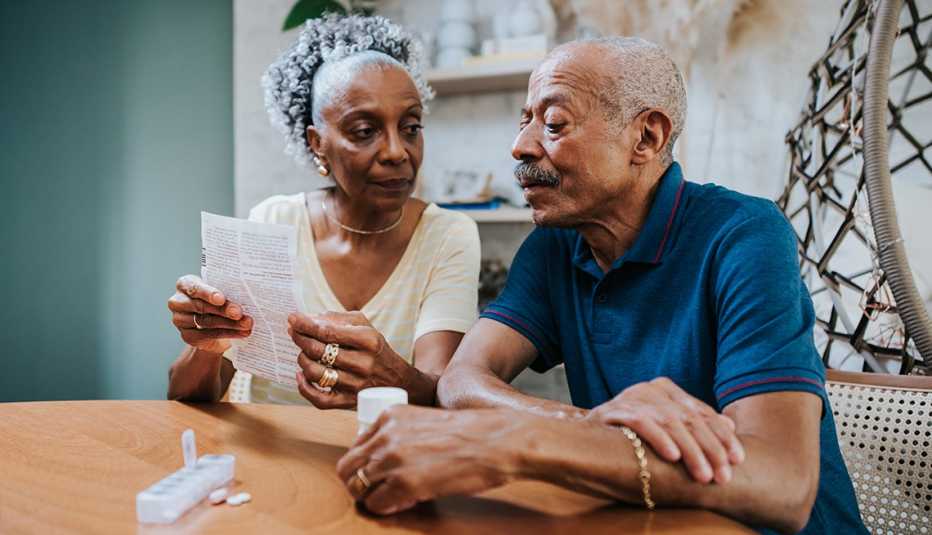AARP Hearing Center


A new federal report says that 3.5 million Americans age 65 and older struggled to afford their needed prescription drugs in 2019 and that Medicare beneficiaries of color and those with lower incomes were more likely to skip needed doses because of cost.
The report from the Office of Health Policy at the U.S. Department of Health and Human Services (HHS) is based on the annual National Health Interview Survey. The report also looked at Medicare beneficiaries under 65 and found that 1.8 million of those enrollees had problems affording their medications in 2019. Individuals under 65 with disabilities may qualify for Medicare.
Federal officials said they used the 2019 rather than the 2020 national survey because they were concerned that the COVID-19 pandemic may have affected prescription drug use and other survey responses.


Congress has an opportunity to lower the prices of your medications by allowing Medicare to negotiate. Let’s make some noise and show Congress why they need to lower drug prices NOW.
"The high cost and out-of-pocket expenses of drugs cause many Americans — particularly those with chronic conditions such as diabetes — to delay or skip taking needed treatments," the report says. This despite the fact that the vast majority of Medicare beneficiaries have prescription drug coverage.
AARP is waging a Fair Rx Prices Now campaign to lower the cost of prescription drugs, advocating measures that would allow Medicare to negotiate prices with pharmaceutical companies, cap out-of-pocket costs for Medicare Part D enrollees and penalize drugmakers for raising prices more than the rate of inflation. "As prices rise, more and more seniors and patients are forced to make difficult choices between filling their prescriptions or paying rent and buying groceries," Nancy LeaMond, AARP's executive vice president and chief advocacy and engagement officer, said in a Jan. 4 letter to U.S. senators urging them to take immediate action on these priorities to lower drug prices.
In a 2021 AARP survey of registered voters age 50 and older, nearly one-fifth (19 percent) said they had not filled a doctor's prescription in the past two years, with the most common reason being that they could not pay for it.

































































More From AARP
10 Medications That Cost Medicare the Most
Blood thinners, diabetes treatments dominate the latest list of costliest Part D medicationsFour Prescriptions That Cost More Than $1,000 a Day
Specialty Rx prices soaring at more than three times rate of inflation, says new AARP reportHuman Cost of High Drug Prices
Older adults share how they cope with costly prescriptions